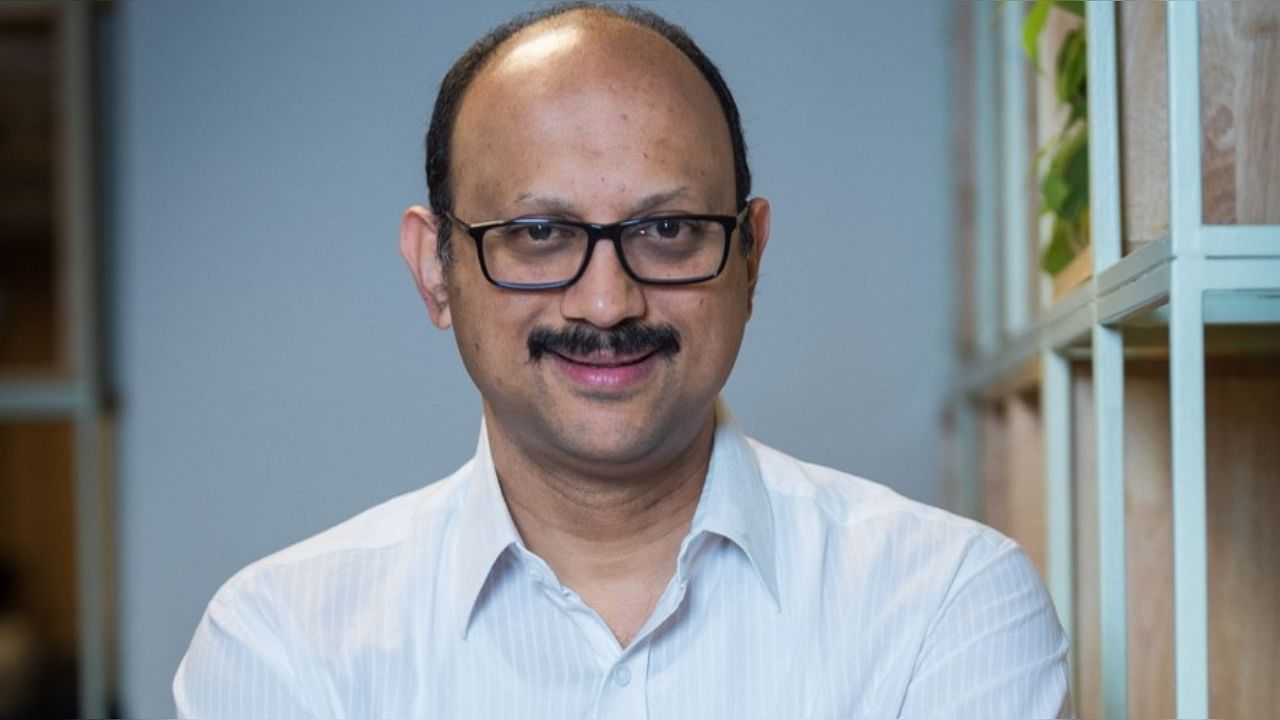
Madan Padaki, Founder and CEO of village commerce network 1Bridge, has been empowering India's rural entrepreneurs for over a decade. In a wide-ranging interview with DH’s Prathik Desai, he spoke about the evolution of e-commerce in rural India, how brands need to work harder to understand rural shoppers and how his firm will bring metaverse to the country’s small towns. Edited excerpts.
What have been the biggest game changers in rural commerce?
From being inaccessible and difficult to manage, rural areas have now entered the digital world. The rate of Internet adoption in India’s rural areas has increased by 13% to 29.9 crore internet users in the last year, accounting for 31% of the country’s rural population. Evolving infrastructure focuses on digitally connecting and facilitating the rural population’s digital knowledge through vernacular, voice, and video content. (It also) enhances knowledge and increases exposure to various tools and mediums on the internet such as payments and e-commerce. With exposure to the digital world comes exposure to brands. E-commerce has shifted the way the urban population shops and this applies to the rural population as well. Aware of branded products, rural populations want to get their hands on branded and quality products as well. This makes it easier for brands to team up with B2B companies who can help get their products to even remote kirana stores for their rural consumer base.
What is stopping e-commerce businesses from flourishing in rural India?
Even though there is a constant demand from rural India, there is still a gap stopping the rural consumers from utilising the optimum benefits offered by e-commerce platforms. Consumers in rural areas are price-sensitive and have a relatively low disposable income which makes them wary of potential failures while buying products online. Lack of information, fear of getting duped, and long waiting time for deliveries were the major areas of concern for the rural consumers. Even though they have access to online shopping, less than 10% of the rural population has tried to make online purchases. The masses are cautious when it comes to expensive products as they would prefer to touch and feel the product before they actually go on to make a purchase. Another factor that is stopping the rural population from embracing the online revolution is the accessibility of the products, as they need to travel long distances for services or repairs of the products, which is not only inconvenient but makes the whole process a lot more expensive for the rural Indian. Therefore, brands need to have an offline presence along with an online presence for rural consumers to get a better understanding of products.
Do Indian brands have a good understanding of rural consumers?
While Indian brands are gradually starting to get a better understanding of rural customers, there is still a huge marketing gap when it comes to reaching out. With television and radio still two of the largest modes of marketing, not many brands have tapped into them. Along with this, research on behalf of brands is still required to understand how the internet and social media are consumed in various rural areas such as TikTok, and others. While marketing in the above forms is of extreme importance to reach vernacular audiences, brands need to also understand that solely online presence will not suffice when it comes to rural markets. They have still not accepted rural areas as huge untapped markets and that entering these markets early would keep them on top of the competition.
What can we do to better tap the potential of our rural youth?
Our rural youth is constantly looking for employment options and the advice they receive is that migrating is the best way to get a good job. Though that is not the only way. At 1Bridge, we believe in creating leaders and entrepreneurs within villages.
How is TiE Bangalore supporting non-tech entrepreneurs?
We have signed an MOU with the Karnataka State Rural Livelihood Mission to identify, train and support 100+ rural women entrepreneurs from across the state to help them grow their businesses. This is just one example of how we're pushing the boundaries at TiE Bangalore to go beyond tech and beyond Bangalore.
What does the future of your supply chain look like?
I believe the future of the supply chain will be more and more distributed and hyperlocal. With the emergence of several D2C brands and innovations like ONDC that help connect sellers and buyers locally, I think the power of the supply chain, especially in rural will depend on providing access, choice convenience at the doorsteps of the rural consumers, almost akin to what’s happening in urban areas now.
Tell us about your new rural outreach and assisted commerce services.
We see a huge scope for the clean-tech range of products – right from electric vehicles to solar home solutions and various agritech innovations as well. Over the next few months, we will focus on creating a full stack of services to take cleantech solutions into our markets including consumer awareness, lead origination, sales fulfilment, credit linkages, last-mile delivery and after-sales support.
Tell us about your plan to use metaverse for rural commerce.
We had launched a VR mall in 2017 in Mandya, Kanakapura and Tumakuru and ran it for about three to four months and gave it up (due to high costs, slower connectivity and other factors). In 2021-22, when the metaverse came into the promise, we thought it would be much more interactive and with 4G and 5G underway access to the internet, will be far better. And with an Oculus device, you do not have to then download it to your phone. The device will itself then become as ubiquitous as a phone.